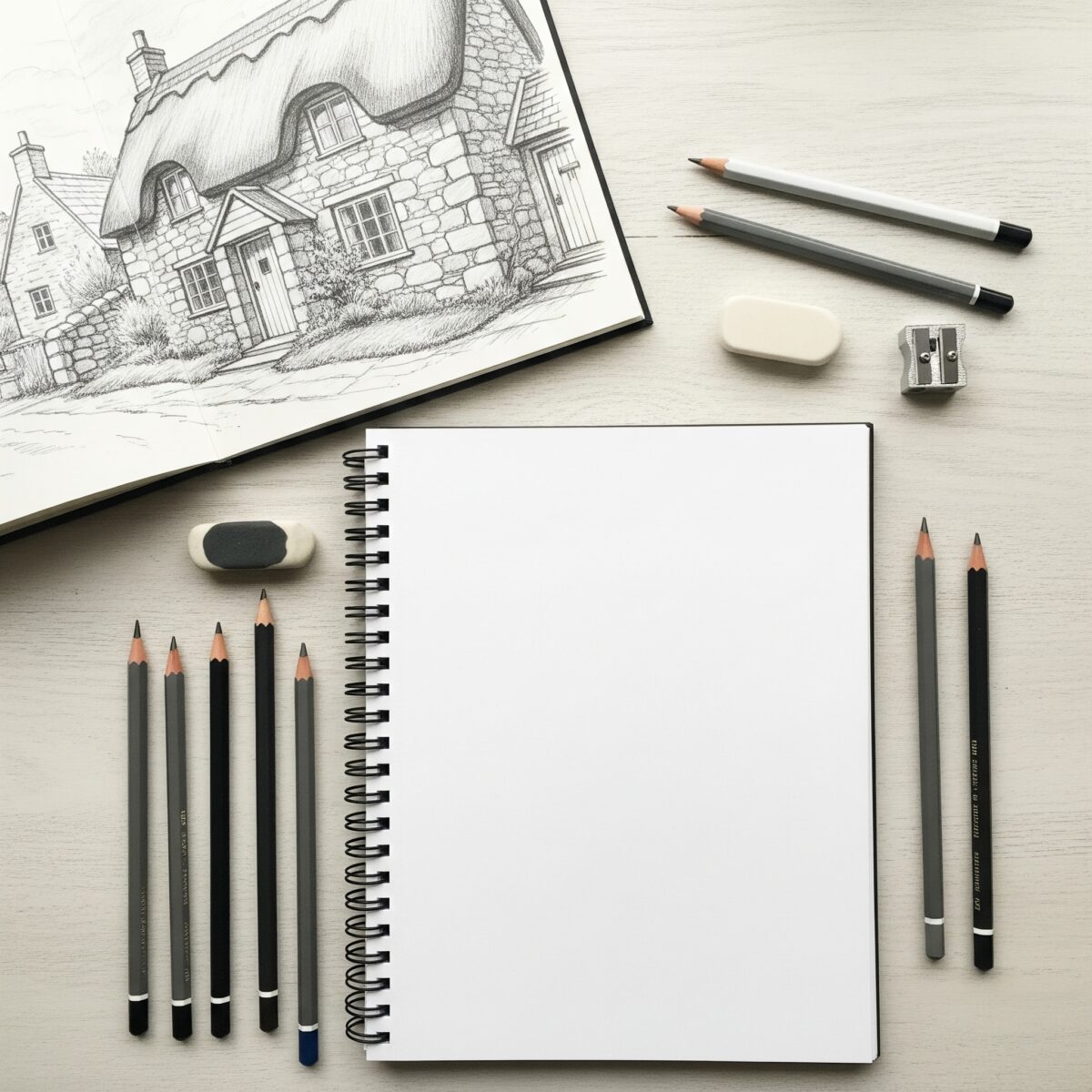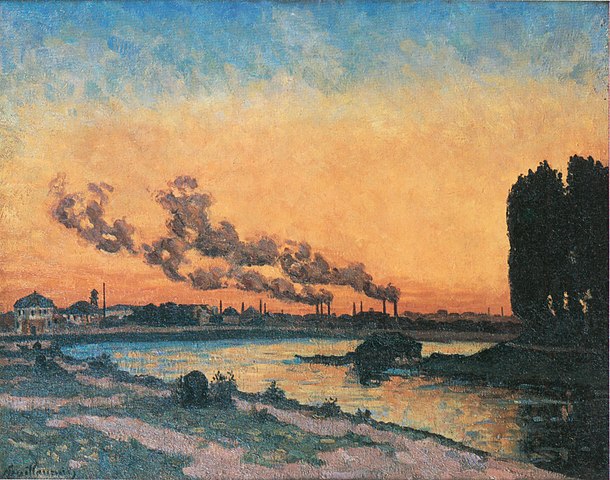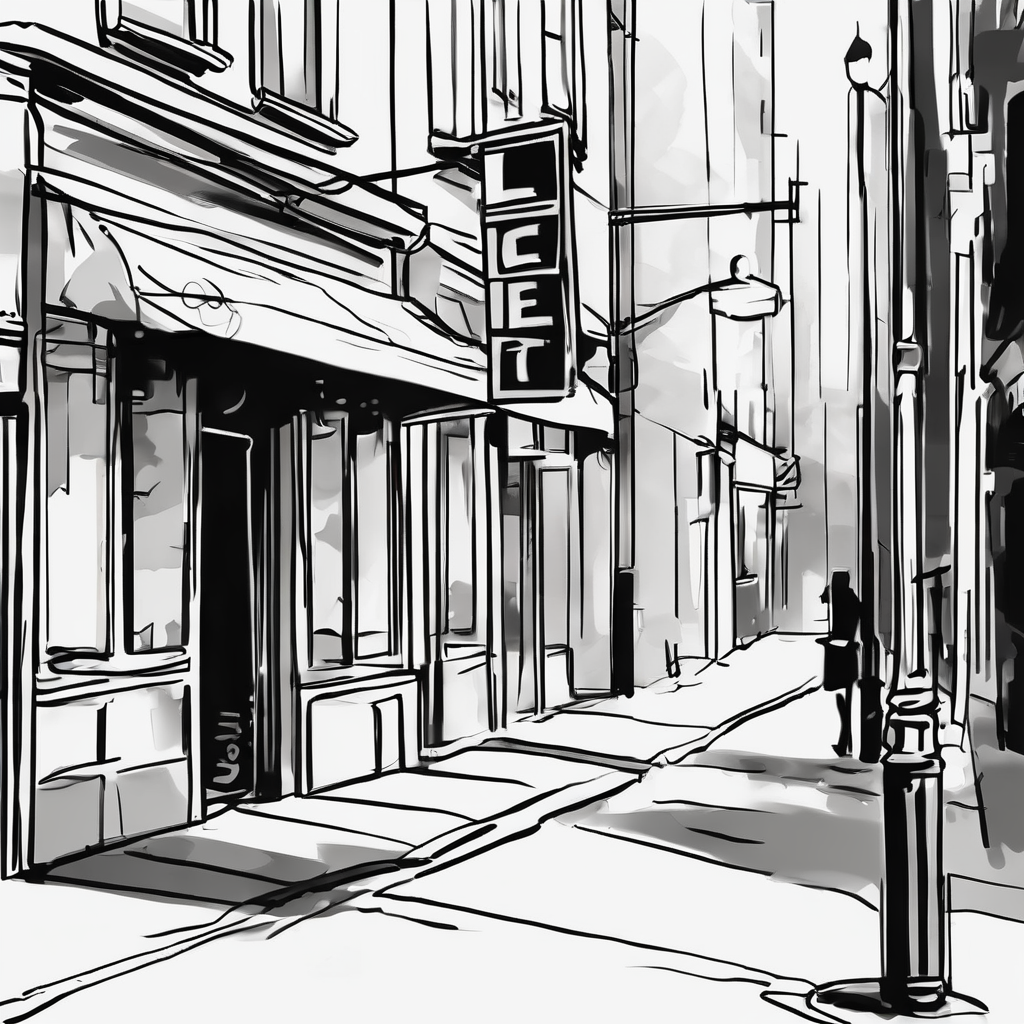Have you ever looked at a beautiful drawing and thought, “I wish I could do that”? Well, guess what? You totally can! Everyone starts somewhere, and learning to draw is a fantastic journey that’s open to anyone, no matter your age or past experience. This guide, “Drawing for Beginners Basics: Your Ultimate Guide to Getting Started,” is designed to be your friendly roadmap. We’ll break down the core ideas, give you practical tips, and help you discover the joy of creating art with your own hands. Forget about perfect masterpieces for now; we’re focusing on building a solid foundation and having fun along the way. Get ready to dive into the exciting world of drawing for beginners basics!
Key Point Summary:
- Start Simple: Begin with basic shapes and lines to build confidence.
- Gather Your Tools: You don’t need fancy supplies to get started, just the essentials.
- Practice Makes Progress: Consistent drawing exercises are key to improving your skills.
- Understand Fundamentals: Learn about concepts like shading, perspective, and composition.
- Embrace Mistakes: They are a natural part of the learning process and opportunities for growth.
- Find Inspiration: Look for ideas everywhere and explore different art forms.
Drawing for Beginners Basics: Your First Steps
When you’re first learning to draw, it’s easy to feel overwhelmed. But imagine building a house – you start with a strong foundation, right? Drawing is the same. The “basics” are like those foundational blocks. They might seem simple, but mastering them will give you the power to draw anything you can imagine. We’re talking about understanding lines, shapes, and how to make things look real on a flat piece of paper. It’s all about building your visual vocabulary.
The Essential Tools: What You Really Need
You don’t need a massive art studio to start. In fact, keeping it simple is often best when you’re focusing on drawing for beginners basics. Here’s what you’ll want to grab:
- Pencils: Start with a few graphite pencils. A good set might include a 2B (soft, dark) and an HB (medium) and a 2H (hard, light). These give you a range of tones.
- Erasers: A kneaded eraser is fantastic for lifting graphite without smudging, and a regular plastic eraser is good for sharper clean-ups.
- Sketchbook/Paper: Any paper will do to start, but a dedicated sketchbook encourages regular practice. Look for paper that can handle some erasing.
- Pencil Sharpener: Keep those points sharp for clean lines!

Here’s a quick overview of basic supplies:
| Supply Type | What It’s Used For |
| Graphite Pencils | Outlines, shading, different tones |
| Erasers | Correcting mistakes, creating highlights |
| Sketchbook | Practicing, experimenting, daily drawing habit |
| Sharpener | Maintaining sharp pencil points |
Mastering Basic Shapes: The Building Blocks of Everything
Every complex object you see can be broken down into simple shapes like circles, squares, and triangles. This is a crucial concept in drawing for beginners basics. Think of a car: it’s basically a bunch of rectangles, circles (for wheels), and some curved shapes. A person? Cylinders for arms and legs, spheres for joints, and an oval for the head.
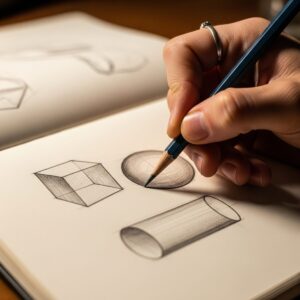
Understanding Line: More Than Just an Outline
Lines are the foundation of any drawing. They define edges, suggest movement, and create texture. When you’re focusing on drawing for beginners basics, pay attention to:
- Line Quality: Is your line light or dark? Thick or thin? Does it flow smoothly or is it jagged? Varying line quality adds interest to your drawing.
- Line Weight: This refers to how thick or thin a line is. Thicker lines can make an object feel closer or heavier, while thinner lines suggest distance or lightness.
“Drawing is vision on paper.”
Andrew Loomis (a famous illustrator known for his instructional books).
Adding Depth with Shading: The Illusion of Light and Shadow
Shading is what turns a flat shape into a three-dimensional form. It’s how you show light hitting an object and creating shadows. This is where your drawing really comes to life! When learning about drawing for beginners basics in shading, focus on:
- Value Scale: This is a fancy term for how light or dark something is. Practice creating a gradient from pure white to pure black with your pencil.
- Light Source: Every object has a light source (sun, lamp, etc.). Understanding where the light is coming from helps you figure out where the highlights (brightest parts) and shadows will fall.
- Core Shadow: The darkest part of the object, away from the light.
- Cast Shadow: The shadow an object casts onto another surface.
- Reflected Light: A subtle light that bounces back onto the shadowed side of an object from nearby surfaces.
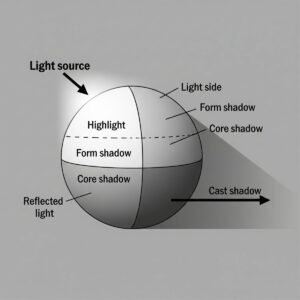
Exercise:
Draw a simple sphere. Now, imagine a light source coming from one direction (e.g., top left). Try to shade the sphere, slowly building up layers of graphite to show the highlight, midtones, core shadow, and cast shadow. This is a fundamental exercise for understanding light and form. You can also explore how to use watercolor pencils for shading and texture.
Beyond the Very Basics: Developing Your Skills
Once you’ve got a handle on lines, shapes, and basic shading, you can start exploring more advanced concepts that are still very much part of drawing for beginners basics.
Understanding Perspective: Making Things Look Real
Perspective is how you create the illusion of depth and distance on a flat surface. Imagine looking down a long road – the edges seem to come together in the distance. That’s perspective!
- One-Point Perspective: This is the easiest to start with. Imagine looking straight down a hallway. All parallel lines seem to go towards a single “vanishing point” on the horizon line.
- Two-Point Perspective: This is used when you’re looking at an object from an angle, like the corner of a building. You’ll have two vanishing points.
Learning about perspective can really make your drawings pop and look incredibly realistic. There are many great online resources that offer step-by-step guides for mastering essential techniques, including how to appreciate art for beginners and how to improve your art skills.
Composition: Arranging Your Artwork
Composition is simply how you arrange the elements within your drawing. Think of it like setting up a photograph – you want things to look balanced and interesting. Even in drawing for beginners basics, a little thought about composition goes a long way.
- Rule of Thirds: Imagine dividing your page into nine equal sections with two horizontal and two vertical lines (like a tic-tac-toe board). Placing important elements along these lines or at their intersections often creates a more pleasing composition.
- Balance: Does your drawing feel heavier on one side? Try to distribute the visual weight evenly.
For more in-depth knowledge on composition, you can check out guides on the essential elements of composition.
The Importance of Practice: Consistency is Key
You wouldn’t expect to be a guitar hero after one lesson, right? Drawing is the same. Consistent practice is the secret sauce. Even just 15-20 minutes a day can make a huge difference. Don’t worry about every drawing being a masterpiece. The goal is to train your eye and your hand.
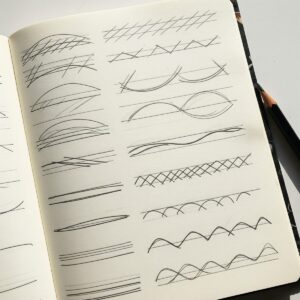
Ideas for Daily Practice:
- Sketch Everyday Objects: Draw your coffee cup, your phone, a book. Start simple.
- Gesture Drawing: Quickly sketch figures or animals, focusing on their movement and energy.
- Copy from Photos: Find images you like and try to reproduce them. This helps you understand how others draw.
- Drawing Exercises: There are tons of simple exercises to improve line control, shading, and observation. You can find many easy drawing exercises online.
Embracing Mistakes: Your Best Teachers
This is a big one, especially when you’re tackling drawing for beginners basics. Everyone makes mistakes – even professional artists! Don’t see them as failures, but as learning opportunities. Did a line go wrong? Analyze why. Can you fix it, or can you learn from it for your next drawing? The eraser is your friend, but so is understanding why you needed to use it. Learning to critique your own paintings and improve is a valuable skill. For further insights, you can also explore common painting mistakes beginners make.
Unique Perspectives: More Than Just Copying
While learning the basics, don’t forget to let your own personality shine through. Art is about expression, and even as a beginner, your unique touch can make a drawing special.
Observing the World Around You
The best way to get good at drawing is to look, really look, at things. Notice the subtle curves, the way light hits a surface, the textures. This is called observation, and it’s a superpower for artists. Instead of just drawing what you think a chair looks like, draw what it actually looks like. This keen observation is fundamental to improving your art skills.
Finding Inspiration Everywhere
Inspiration isn’t just for “famous artists.” It’s all around you. Your messy desk, the view from your window, a pet napping – everything can be a subject. Don’t limit yourself to what you think is “artistic.” The simplest things can become beautiful drawings. If you’re stuck, there are many creative sketchbook ideas to beat artist’s block. To truly dive into creativity, consider checking out this guide: Discover Art: Your Guide to Diving Into Creativity.
Leveraging Online Resources for Your Drawing Journey

The internet is a treasure trove for aspiring artists focusing on drawing for beginners basics. You can find:
- Tutorials: Step-by-step guides for drawing specific objects or mastering techniques.
- Online Courses: Structured lessons that take you through the fundamentals.
- Art Communities: Places to share your work, get feedback, and connect with other artists.
Platforms like YouTube and dedicated art education websites offer a wealth of free and paid resources. For example, you can find guides on mastering acrylic painting for beginners or even specific techniques like simple wet-on-wet watercolor for beginners. Don’t forget to check out free digital art software options if you’re interested in that path. Additionally, for those just getting started with watercolors, Prominent Painting has a detailed guide: Getting Started with Watercolors.
Frequently Asked Questions (FAQ)
Based on what people often search for when starting out:
Q: How to draw for absolute beginners free?
A: Many YouTube channels, art blogs, and public libraries offer free drawing tutorials and resources. Start with simple exercises like drawing basic shapes and practicing line control. Websites like Drawabox.com offer free structured courses.
Q: What are easy things to draw for beginners?
A: Begin with everyday objects like fruit, simple household items (cups, books), geometric shapes, or even cartoon characters. Focusing on simple forms helps build confidence.
Q: What supplies do I need to start drawing as a beginner?
A: You only need a few basics: graphite pencils (HB, 2B recommended), an eraser (kneaded and plastic), and a sketchbook or drawing paper. You can find more details about affordable art supplies.
Q: Is drawing hard to learn?
A: Like any skill, drawing takes practice and patience. It’s not “hard” in an impossible sense, but it requires dedication. The more you practice, the easier and more rewarding it becomes. Focus on enjoying the process, not just the outcome.
Q: Where can I find basic drawing techniques in PDF format?
A: Many art websites and educational platforms offer downloadable PDFs of their tutorials or lessons. A quick search can yield many results. You can also explore specific watercolor guides like “A Beginner’s Guide to Watercolors”.
Conclusion
Learning to draw is a rewarding journey that combines observation, practice, and creativity. By focusing on drawing for beginners basics – understanding lines, shapes, shading, and perspective – you’re building a strong foundation that will serve you well no matter where your artistic path leads. Don’t be afraid to experiment, make mistakes, and most importantly, have fun! Every line you draw is a step forward, and with consistent effort, you’ll be amazed at what you can create. So grab your pencil, open that sketchbook, and let your creativity flow!

